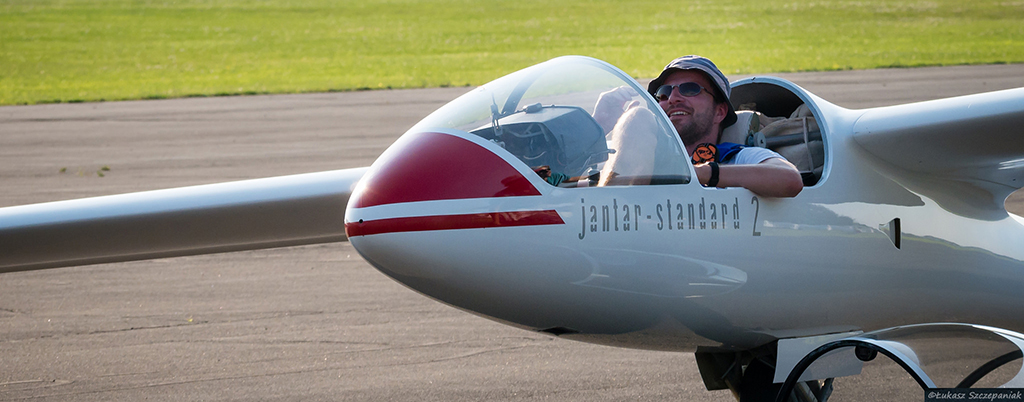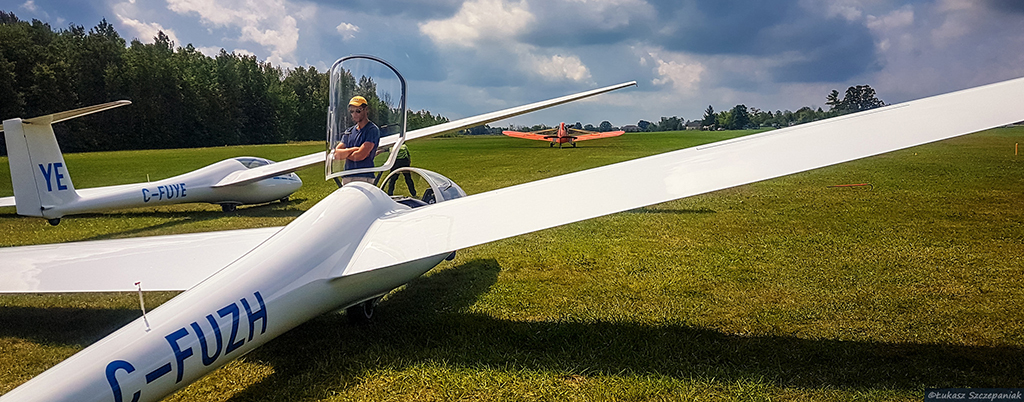Learning to Soar
The Soaring Association of Canada makes entering the world of soaring straightforward and affordable!
Learning to soar with SAC proceeds along these four steps:
| 1) take an introductory flight 2) join a SAC Club training program 3) fly solo 4) get licensed |
 |
Following a clearly outlined and structured syllabus, SAC training consists of instructor-accompanied flights in two-seat gliders. In combination with ground school classes, you will be prepared to fly autonomously, complete a flight test, and write a Transport Canada examination.
The basic requirements for a license, stipulated by Transport Canada, include:
- be at at least 16 years of age (although you may fly solo at 14 years old)
- a Category Four medical certificate
- a minimum of six hours of flight training under the direction of an instructor
- a minimum of two hours of autonomous flight
- a minimum of twenty autonomous take-offs and landings
Joining a SAC-affiliated club is the affordable way to soar because the costs are shared. The basic costs reflect the expenses of providing facilities, insurance and equipment. You can expect to pay for:
- membership
- glider use
- launches
Many clubs offer packages which reduce the fees for members who fly frequently, or limit the maximum charge when flights last a number of hours.
Enroll in a training program at a club near you.

While learning to fly gliders is a challenge, the rewards and personal achievements do not end at the attainment of a glider pilot license. Very early in your training, you will hone your thermalling skills, using only rising columns of air as your ‘fuel’ to keep your glider flying for many hours. Once you have perfected the art of thermalling, new challenges await as venture further away from your home airport. This aspect of gliding is known as cross-country soaring. The Soaring Association of Canada has created a series of badges for pilots looking to fly cross-country called the ABC and Bronze Badges. Initial cross-country flights will take you no more than 50 kilometers from your home airport but, as experience is gained, flights of three-, four-, and even five-hundred kilometers become the norm. Internationally recognized soaring badges can be obtained by any glider pilot that completes a series of escalating milestones starting with the Silver Badge and culminating with the highest accolade of the soaring community, the Diamond Badge. For those that enjoy the thrill of competition, gliding contests are a great way to test your cross-country flying skills against your peers as you race around a set course. The fastest person around the course, using only the rising updrafts provided by nature is the winner. For others, there is great pleasure in taking friends and family for glider flights. For the truly adventurous there is aerobatic flying.

